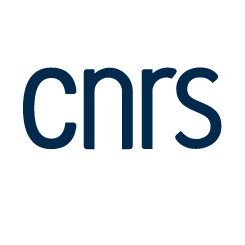Switzerland's PM10 and PM2.5 environmental increments show the importance of non-exhaust emissions
Résumé
Atmospheric particulate matter (PM) is a priority pollutant for urban air pollution management because of its negative effects on human health and visibility. Emissions from road traffic have been a major focus of management over the past few decades, but non-exhaust emissions i.e., emissions from brake, tyre, road wear, and the resuspension of dust have emerged to become a major source of unregulated PM in many locations. Here, a filterbased sampling campaign was conducted between 2018 and 2019 where a large number of PM constituents were quantified for five sites in Switzerland for both PM 10 and PM 2.5 . This had the objective of investigating urban and urban-traffic PM increments in Switzerland. The results show that PM concentrations increased as the sampling locations moved along a rural to urban-traffic gradient. However, source apportionment analysis showed that sulfate-rich, nitrate-rich, and biogenic sources were not enhanced in urban environments, but road traffic and mineral dust sources were. The total mass enhancement for PM 10 and PM 2.5 were 2.4 μg m -3 and 2.0 μg m -3 for the urban environment while the corresponding urban-traffic enhancements were 5.7 μg m -3 and 2.8 μg m -3 .
Emissions from road traffic were estimated to contribute more than 75% to the urban increments and nonexhaust emissions contributed 48% (PM 10 ) and 25% (PM 2.5 ) to the total road traffic related increment at an urban background site and 62% (PM 10 ) and 49% (PM 2.5 ) at an urban-traffic site. Analysis of the composition of Switzerland's PM showed that elements associated with non-exhaust emissions, specifically the brake wear tracers of antimony, barium, copper, and iron were the metals with the greatest urban and urban-traffic enhancements. Critically, the urban increment of these elements was enhanced for both PM 10 and PM 2.5 by about the same magnitude as the urban-traffic increment (by 2-3 times), demonstrating non-exhaust emissions are encountered across urban areas, not just the urban-traffic environment. Therefore, non-exhaust emissions were an important contributor to the urban and urban-traffic PM 10 and PM 2.5 increments in Switzerland's urban areas. The relative contributions of non-exhaust emissions to the urban and urban-traffic increments could be expected to increase due to the introduction of further exhaust after-treatment technologies (such as gasoline particulate filters; GPFs) and the transition to a more electrified vehicle fleet. A management pivot will be required to control these non-exhaust emission pathways and although this work exclusively uses data from Switzerland, the conclusions are likely relevant to many other European urban areas.
| Origine | Fichiers éditeurs autorisés sur une archive ouverte |
|---|---|
| Licence |


